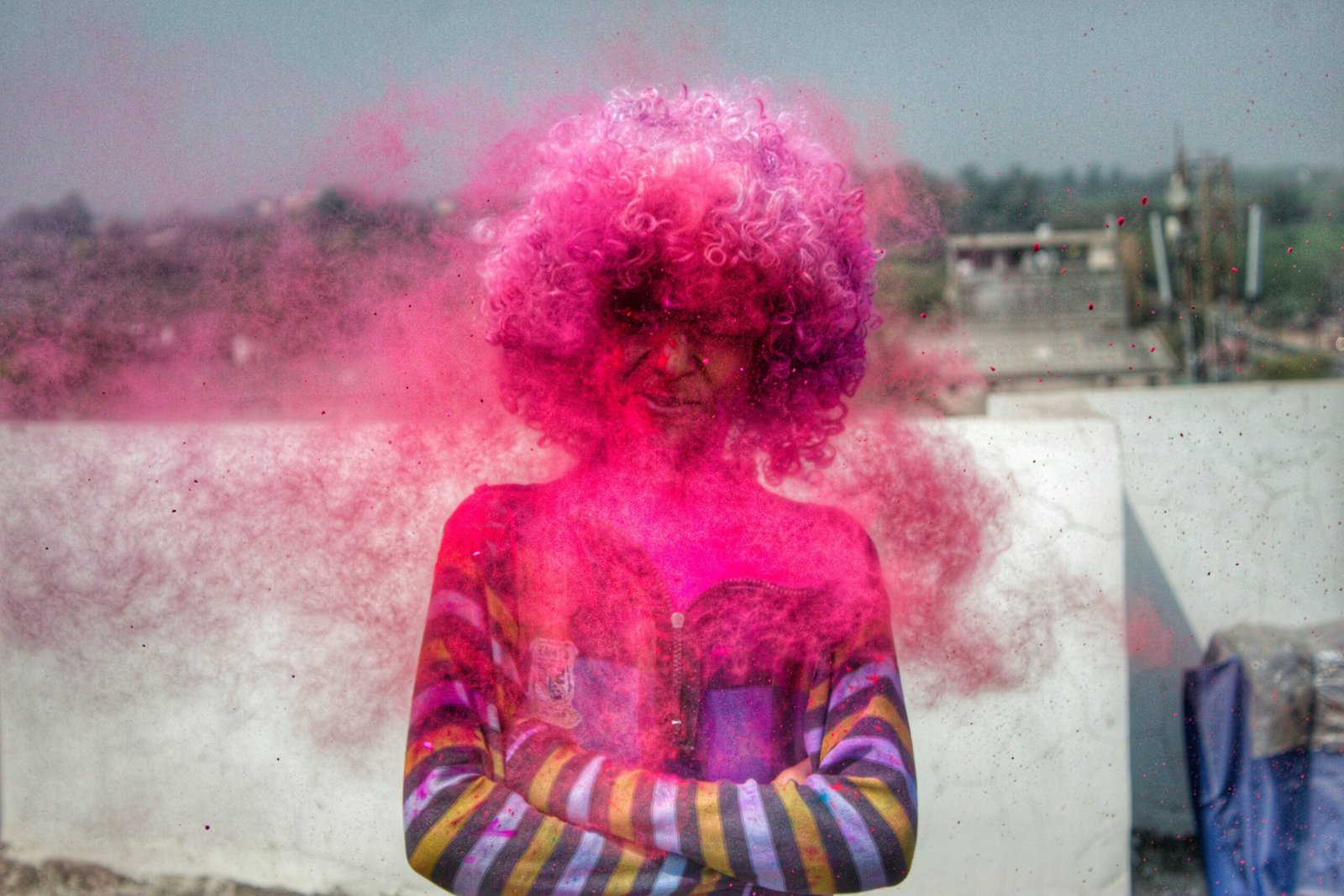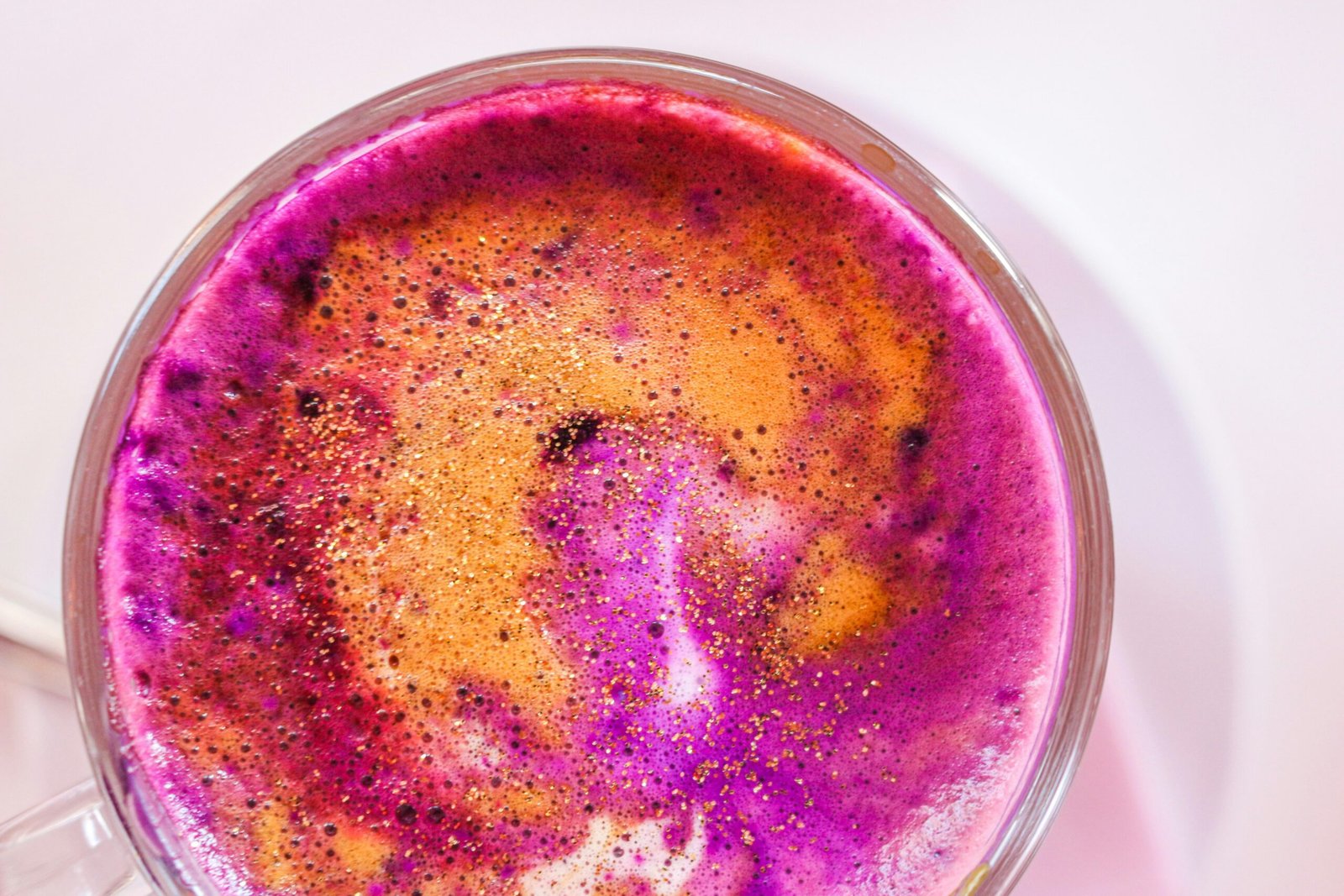Can you dye synthetic hair is a question often asked and it’s important to know the answer if you’re looking to refresh or customize your wigs or hair extensions.
In a nutshell, synthetic hair doesn’t absorb color like human hair due to its plastic-based fibers. However, there are methods and products that can be used to alter its color successfully.
The key to achieving a vibrant and lasting color change lies in understanding the composition of synthetic hair and selecting the appropriate dyeing technique.
When dyeing a synthetic wig or hair extensions, it’s important to recognize that not all synthetic fibers respond well to conventional hair dye. In fact, most standard hair dyes are formulated for real hair and will not work effectively on synthetic strands.
Alternative dyeing products, such as fabric dyes, alcohol-based inks, or acrylic paint, should be considered as they stick better to synthetic materials.
You also need to make careful preparation, as the application is crucial to prevent damage and ensure even color distribution.
It’s also important to know that the variety of colors achievable on synthetic hair may have limitations. Certain bright or pastel colors might not take as well compared to the more pigmented hues, and pre-existing colors of the synthetic hair can influence the outcome.
Practical guidance, including proper sectioning of the hair, use of gloves to protect hands, and conducting a strand test before full application, can significantly enhance the dyeing process, bringing great results for those of you looking to customize the color of your synthetic hairpieces.
Can You Dye Synthetic Hair – Our Deep Dive
Synthetic wigs and hair extensions offer an affordable alternative to human hair, providing various styling options with different levels of maintenance needs. It is essential to recognize their composition, advantages, and care requirements to ensure their longevity.
Materials and Composition
Synthetic wigs are primarily made from man-made fibers such as nylon, polyester, acrylic, and polyvinyl.
One common material is Kanekalon, known for its heat-resistant properties. Some synthetic hair products are specifically labeled as heat resistant, showing they can tolerate low-to-moderate heat from styling tools, so this is where you’ll need to do your research!
Pros and Cons of Synthetic Wigs
Pros:
- Affordable: They are generally less expensive than natural hair wigs.
- Durable: Synthetic wigs maintain their style longer, even after washing.
- Low Maintenance: They require less daily care and can be easier to style.
Cons:
- Texture: May not feel as natural as human hair.
- Heat Sensitivity: Non-heat-resistant wigs can be damaged by heat tools.
- Less Versatility: Color and style changes are limited compared to human hair wigs.
Maintenance and Care
Maintenance:
- Use a wide-tooth comb for detangling to reduce the risk of damaging the fibers.
- Heat tools should only be used on wigs labeled as heat resistant, and even then, at a low temperature.
Care:
-
- Wash with a mild shampoo or a specialized synthetic hair conditioner.
- Avoid wringing out the wig; instead, gently pat it with a towel and let it air dry on a wig stand.
- Store the wig on a wig stand away from direct sunlight to prevent color fading
Dyeing Techniques and Processes
Successfully dyeing synthetic hair involves proper preparation and careful aftercare. While the process differs from natural hair, achieving vibrant and lasting colors on synthetic strands is possible with the right approach.
Preparing to Dye Synthetic Hair
Before applying any color, it’s crucial to begin with a clean canvas.
-
-
- Preparation steps include:
- Wash the hair with clarifying shampoo to eliminate product residue and oils.
- Ensure the hair is completely dry as dampness can affect dye adhesion.
- Conduct a strand test on a small section to assess dye compatibility.
-
Dyeing Methods and Instructions
Dyeing synthetic hair requires alternative dyes such as fabric dyes, alcohol-based inks, or acrylic inks. Typical hair dye won’t stick to synthetic fibers. Follow these steps:
-
-
- Mix the dye: For fabric dyes like Rit, dissolve them in boiling water. For alcohol-based inks or Sharpie markers, combine with rubbing alcohol in a spray bottle.
- Apply the dye: Use a pot or sink for fabric dyes. Soak the hair and maintain a high-temperature setting to facilitate the process. For inks, spray or paint the dye onto the hair.
- Rinse thoroughly: Until the water runs clear, ensuring the removal of excess dye.
-
Post-Dyeing Care and Tips
After dyeing, caring for the synthetic hair is key to maintaining the color and style:
-
-
- Rinse the hair in cold water to seal in color.
- Avoid heat styling: High temperatures can damage the newly dyed fibers.
- Use proper storage: Keep the wig or extensions away from direct sunlight to prevent color fading.
-
Tailoring the technique to the type of synthetic hair and desired color is essential. This applies whether aiming for a vibrant hue or a soft pastel shade.
So if you were wondering whether can you dye synthetic hair, then we hope our guide has helped show that yes, you can do as long as you prepare and care for your hair in the right way.



